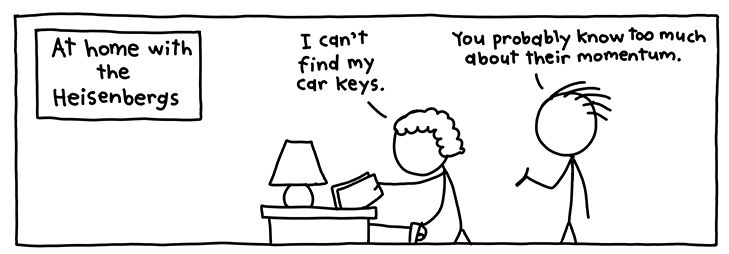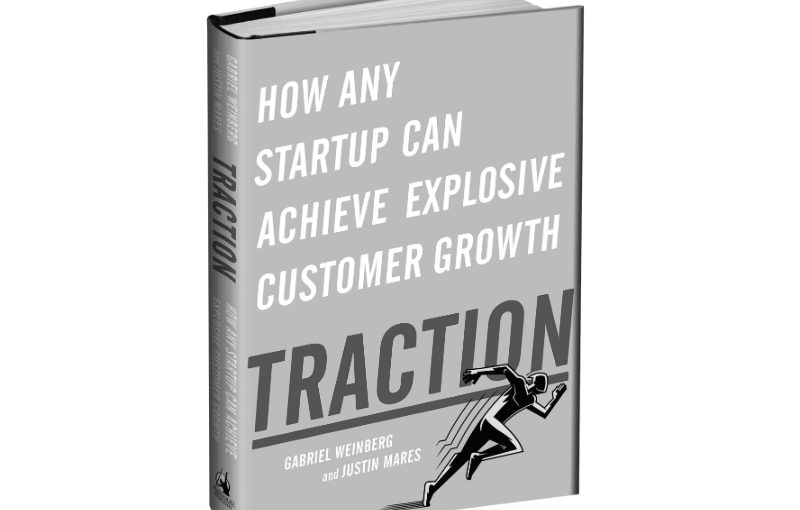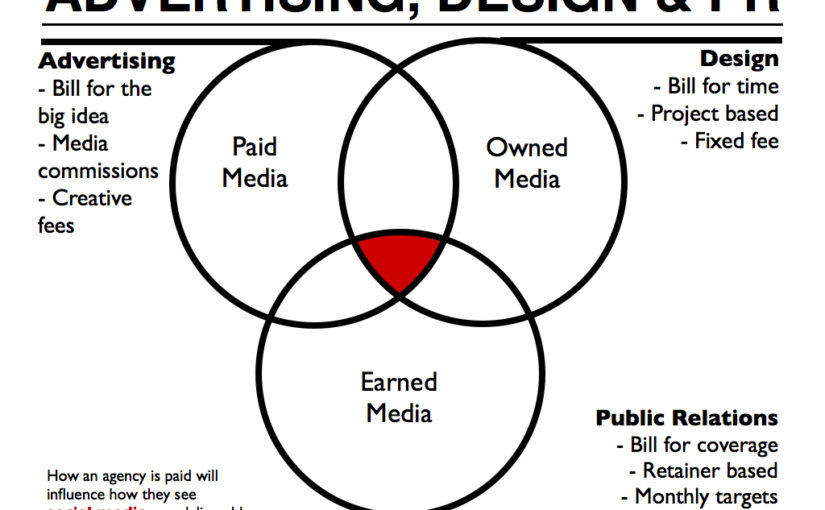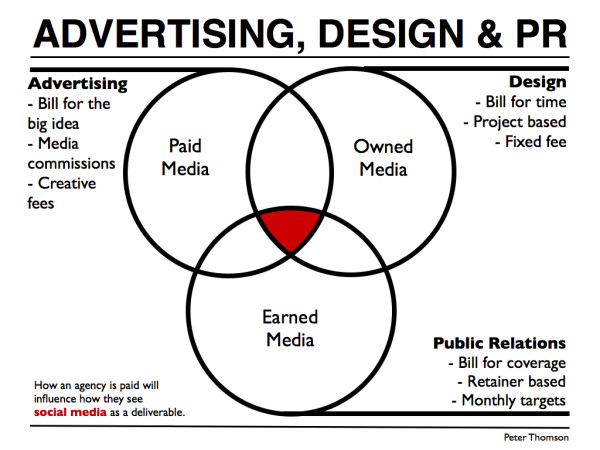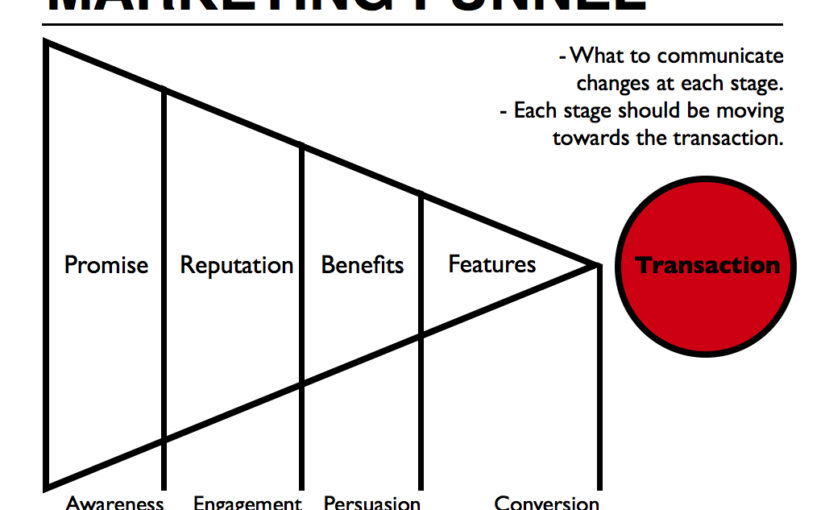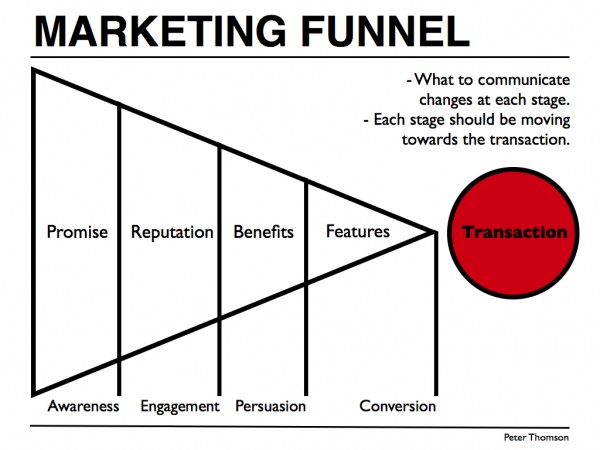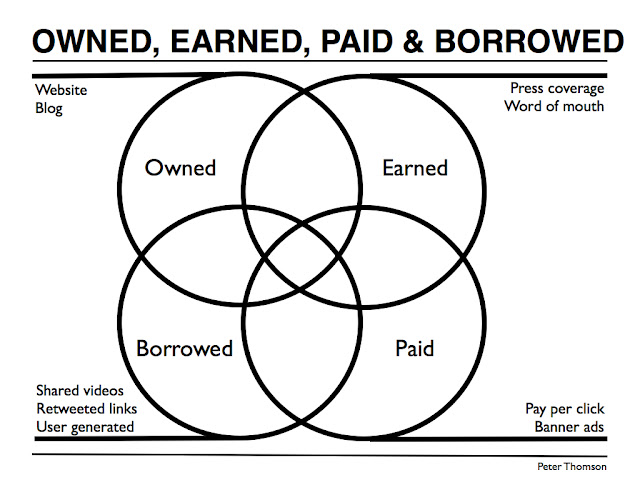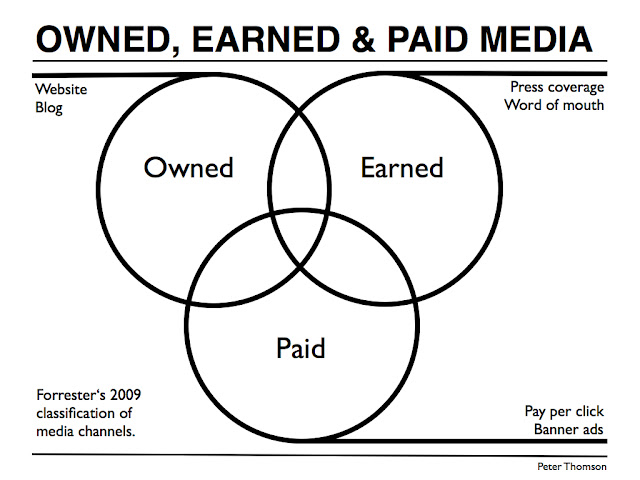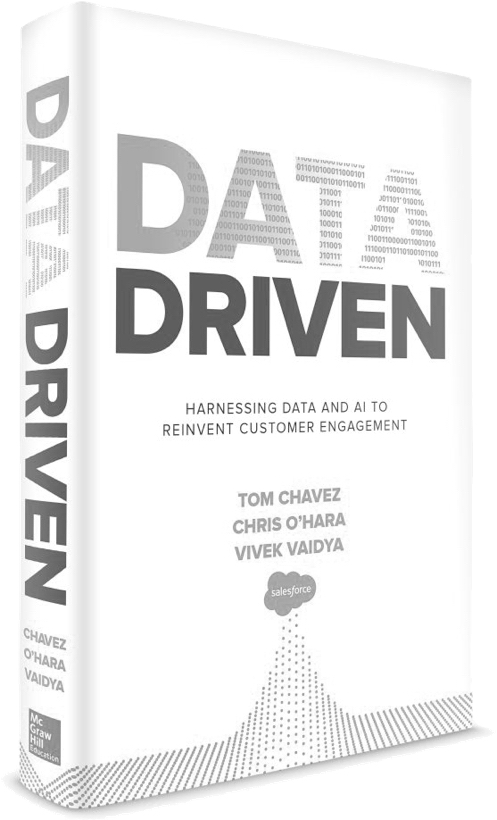
The three authors have all been deeply immersed in projects using big-data to personalise and optimise marketing at scale:
- Tom Chavez was a co-founder of
marketing - Chris O’Hara was responsible for marketing at Krux and now leads marketing for Salesforce Marketing Cloud.
- Vivek Vaidya was a co-founder and the CTO at Krux and is now a co-founder of Super{Set}.
The book was published in 2018 and is the first time I’ve seen someone really tell the truth about the nitty-gritty of delivering data-driven marketing at scale. The authors focus on the practical ways that data flows through a modern business.
The case studies aren’t just abstract examples, but real projects that Tom, Chris and Vivek have worked on with clients.
Personally, I’ve lived through the complexities of integrating CRM systems with web analytics, customer loyalty data and all sorts of other complex data sets. The real value in bringing these things all together isn’t just in marketing, it’s transformative for the whole business.
The book is so good that I thought the best way to review it was to pull out some samples that summarise the key concepts in the author’s own words (I’ve lightly edited the samples to fit the blog format). To really get the value of the content you need to read the examples and context so I recommend you grab the hardcover, kindle or audiobook.
Principles of customer data
There are three foundational principles described in the book:
- Embrace the always changing “human becoming”. Let go of static concepts like audience segments and inflexible stages of the marketing funnel. Your customers and audiences are leaving behind breadcrumbs that can help you engage with them in an ever-evolving, multifaceted way.
- You have more data than you think … and you think you have more data than you actually do. Whether you believe you’re sitting on a mountain of data, or you think you’re hopelessly impoverished, the truth is somewhere in the middle. Build an inventory of your data assets, the data that’s hiding in plain sight as well as the missing (but gatherable) data within reach.
- There is no single truth, just more and less useful theories. The data game isn’t about being right or wrong; it’s about being more right than wrong as you compile a continually evolving theory of the consumer. Make mistakes; learn fast.
How to use data
After unifying your data-in and your data-out in a single platform, apply the five sources of data-driven power:
- Segmentation. Let a thousand flowers bloom as you define and continually re-define your customers and audiences.
- Activation. Target and measure the audiences you want to reach across all the available channels and platforms. Know exactly where “your people” are and how to reach them.
- Personalization. Build on segmentation and activation to achieve personalization in the broadest sense – cooler content, more relevant commerce, smarter selling and servicing of your customers.
- Optimization. Adjust the velocity, pacing, reach, and frequency of your messages to achieve maximum efficiency in your marketing spend.
- Insights. Use the output from your data systems to accumulate richer insights into your customers. Put this data back into your marketing engine to increase precision, effectiveness, and efficiency.
Avoid data pitfalls
The book warns readers to avoid five pitfalls when implementing a data driven strategy:
- Absence of clear goals for data transformation: Technology itself is not a panacea. Leverage it at the right time in concert with the right people, woven into the right process.
- Lack of a formal owner: Empower a leader and a team to get the job done.
- Operating in a silo: Data transformation entails coordination of complexity. Break the silos and pre-empt the tribalism that can stymie the best-laid plans.
- Boiling the ocean: Celebrate small wins to build organizational momentum. Leverage measurable results from early-stage initiatives to fund future steps.
- Failure to anticipate risk: Remain zen-like but relentless when the inevitable glitches occur. Data pipelines will break; naysayers will grumble. Persuade constituents of the career and company benefits to them of getting behind an all-in data strategy.
Data layers
When establishing a data strategy for your organization, use the three-layer model to chart the who-what-when-where:
- Know: Invest in data management to know your customers in a dynamic, 360-degree, real-time way. Reach them intelligently and with precision across every channel.
- Personalize: Extend your brand and grow revenue by giving each customer more of what they want and less of what they don’t want. Use AI and machine learning to personalize all engagement—advertising, content, commerce, sales, and service.
- Orchestrate: Reach your customers at just the right time and in the right place by mapping the journey they take with your brand. Measure the effectiveness of different touchpoints in varying sequences and combinations. Intentionally craft journeys that lead to the engagement you seek.
The authors also include guidance on applying artificial intelligence to marketing data and finish the book with several forecasts for future trends across customer experience, data and technology.
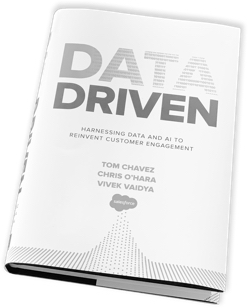
The book is available in hardcover, Kindle and audiobook. The audiobook is read by LJ Ganser who was a voice actor in Grand Theft Auto and has recorded almost 50 audiobooks. His voice is confident and clear. He really takes you along for the ride with Tom, Chris and Vivek for some of their client meetings in the early days of Krux.
Overall, a highly-recommended book for anyone that wants to understand how data and technology are changing marketing and customer experiences.
